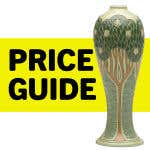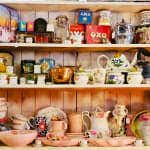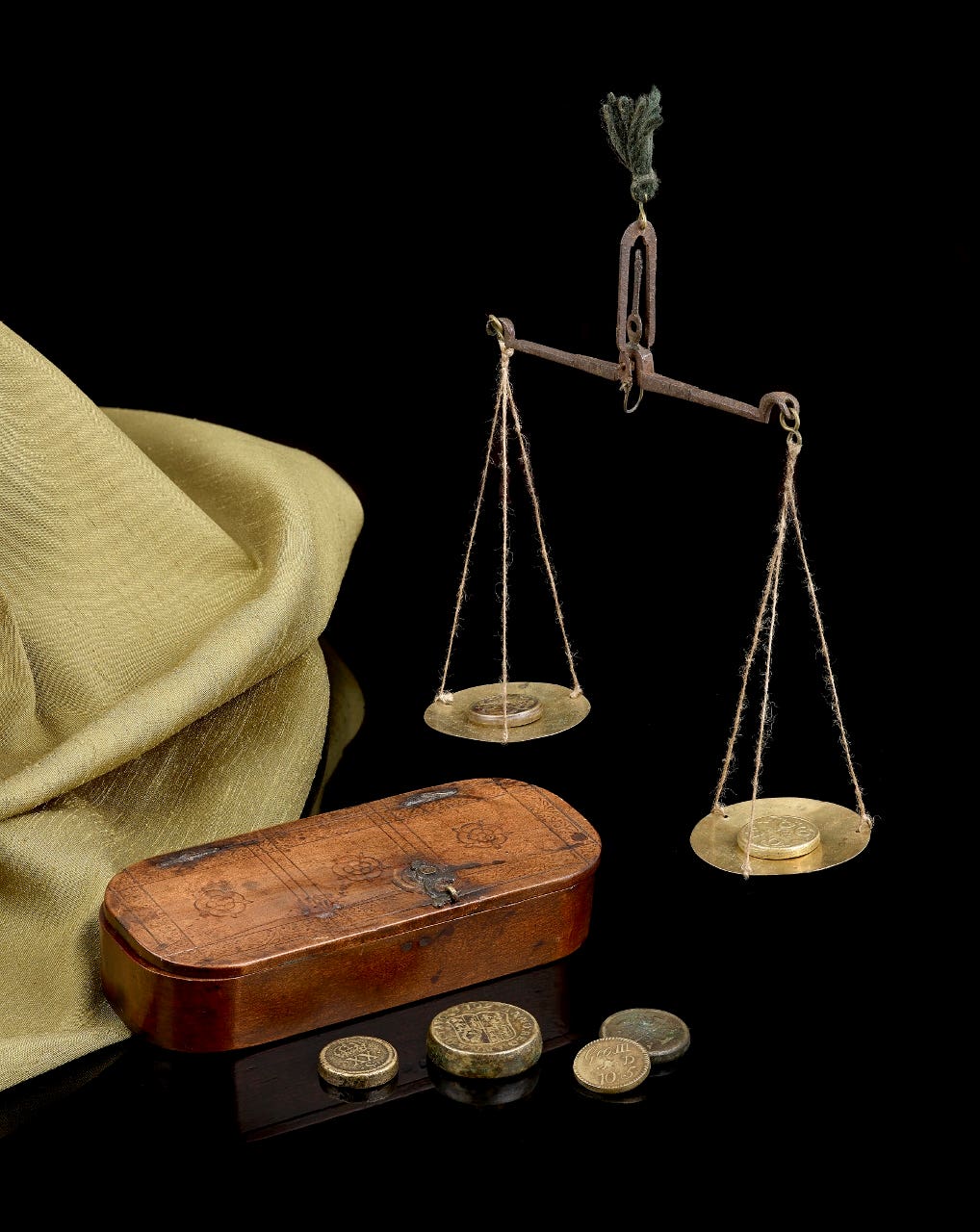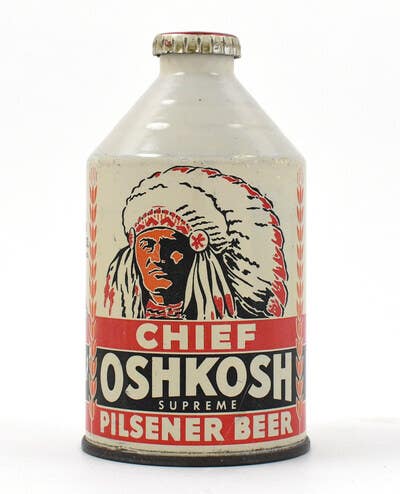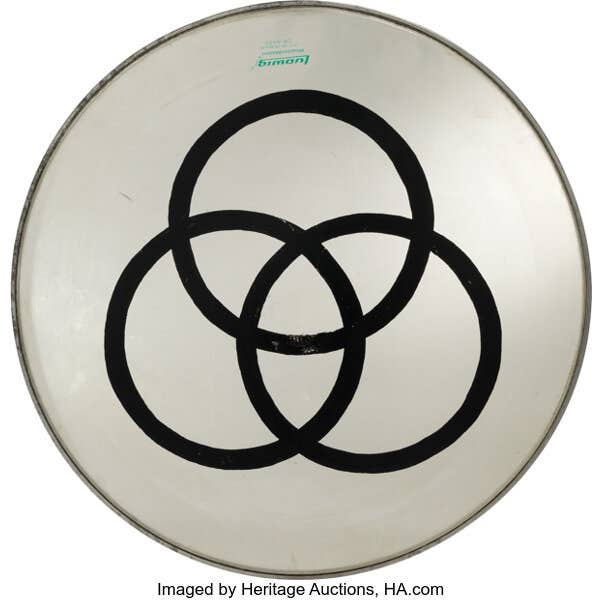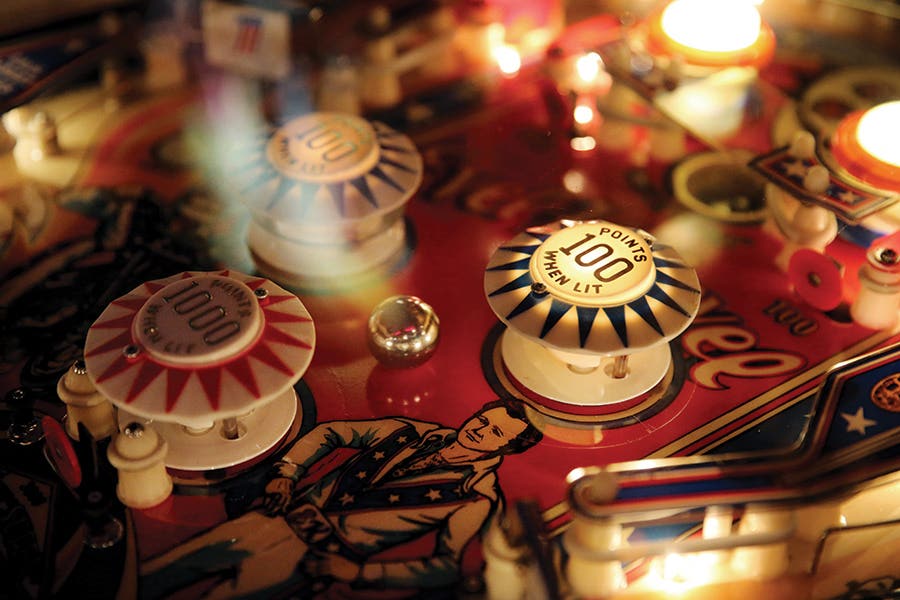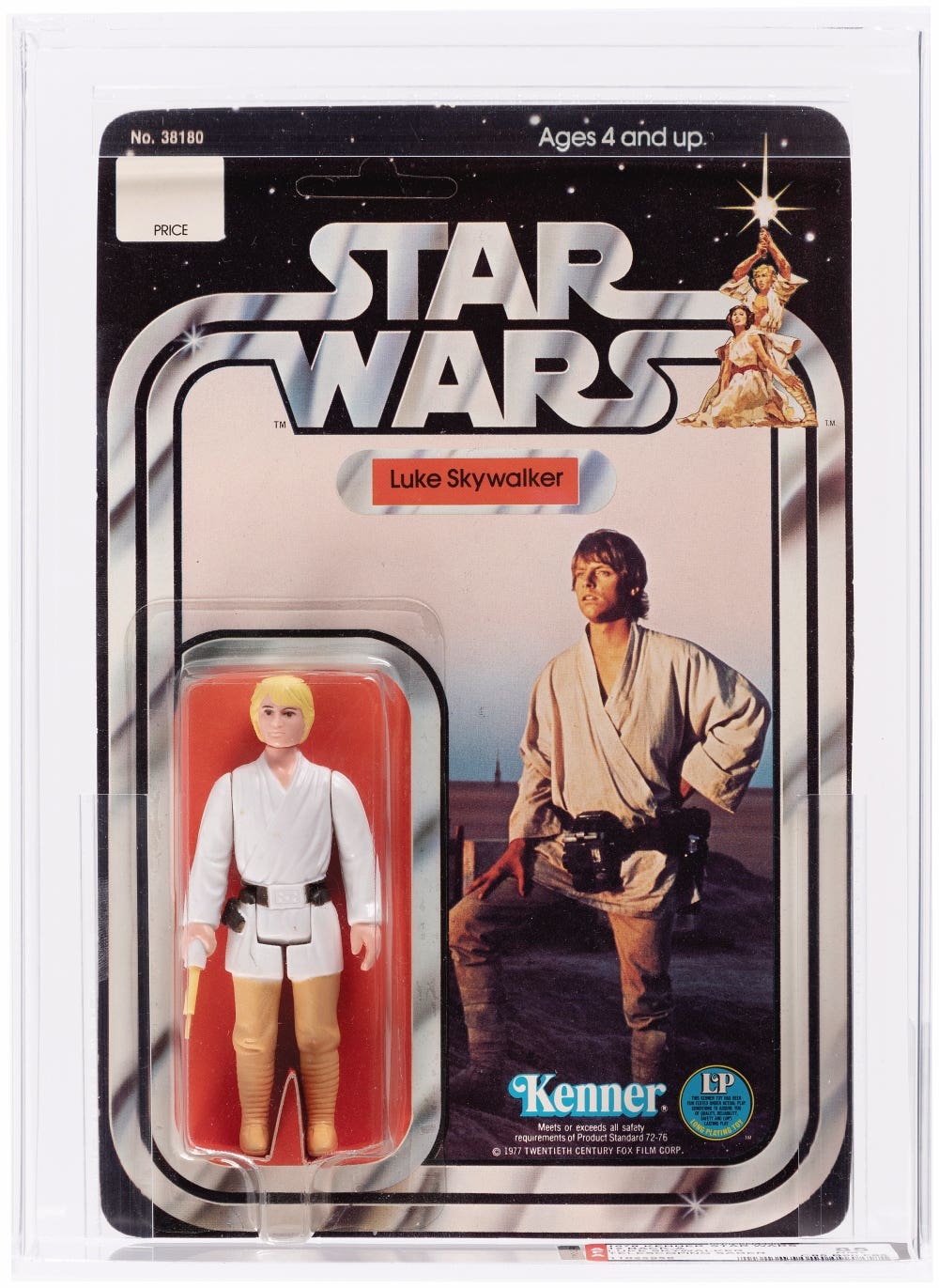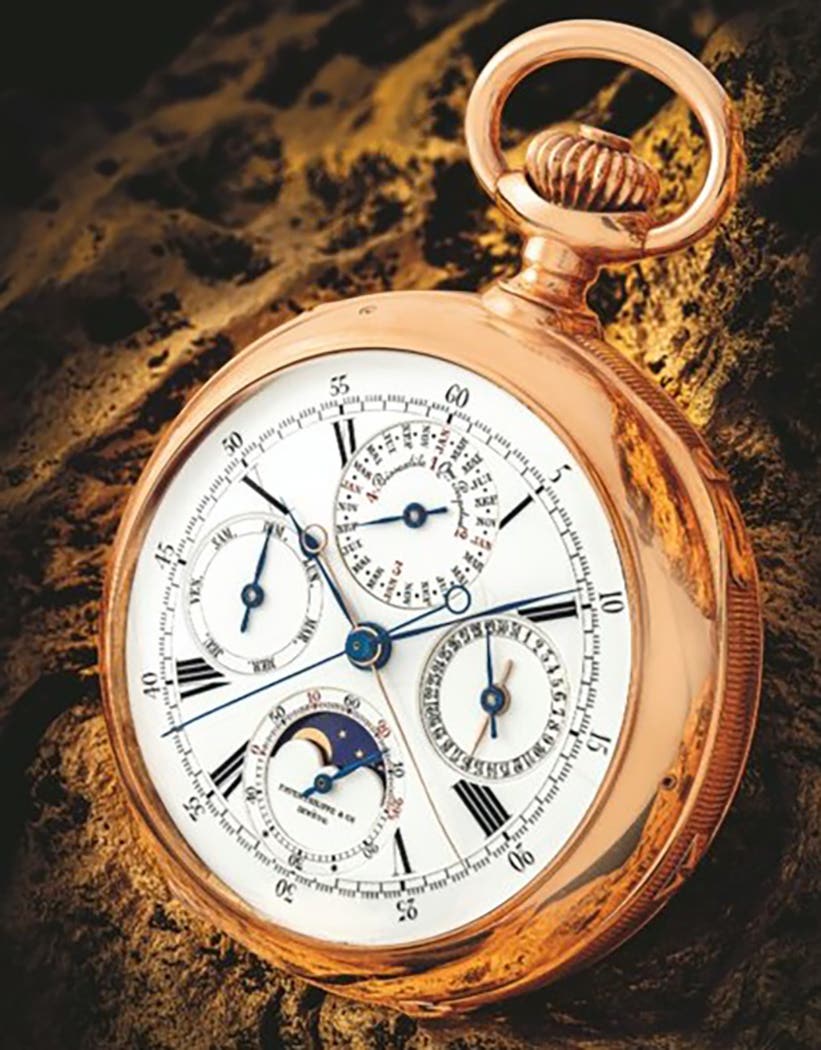History of Christian Dior Jewelry
Synonymous with feminine beauty and timeless fashion since the 1940s, Christian Dior also created fabulous jewelry. Discover the jewelry that complemented Dior’s fashion genius.
Over my many years as a costume jewelry collector, especially while others were going cuckoo for Coco, I often had my eye on Christian Dior. Not that the House of Chanel hasn’t marketed some remarkable jewelry. But for my money, collecting Dior offers great variety that goes far beyond a recognizable logo.
Join me to learn more about the House of Dior and some of the jewelry associated with this French fashion powerhouse made since the 1940s.
Dior Jewelry History
Christian Dior, after working together at Lucien Lelong’s famed Parisian fashion house, established himself as one of the premier couture designers of the 20th century. He made history by presenting the first collection featuring his “New Look” in 1947. These clothing lines touted rounded shoulders, narrow waists, and long, full skirts in contrast to the straight and squared shoulders seen in prior decades.
A new look required updated jewelry to accessorize these more feminine styles. Out with the bulky Retro jewelry of the ‘40s and in with beautifully crafted floral designs and other ladylike motifs such as bows. Dior first licensed this type of jewelry to go along with his clothing collections in 1948. They were versatile pieces shown on jackets or sweaters for day apparel and then again with formal attire for evening wear. While runway pieces were largely part of couture collections, jewelry was later made to go along with ready-to-wear lines as well.
Many of the early Dior jewelry pieces were produced with poured glass elements made by the House of Gripoix. These handmade components of superb quality and design are akin to those created by Josette Gripoix’s firm for Chanel during the same period. Some components were also produced by Robert Goosens in his revered French jewelry workshop. Dior also worked with Roger Jean-Pierre who operated another famous jewelry house in Paris. Finding this caliber of piece is considered to be a boon for collectors today, and they can also be quite hard to conclusively identify as Dior.
The majority of Dior’s jewelry from the mid-1950s onward was produced by Henkel & Grosse’, a German firm with which the fashion house struck a licensing agreement that lasted for decades. Contrary to reports of a more copious relationship, another Dior manufacturing partnership includes one line made by Schreiner of New York in 1949 and these pieces are not marked as such. There were additional collaborations with other designers and jewelry companies in the 1950s that yielded a number of ready-to-wear collections including those marked Mitchell Maer for Dior and Christian Dior by Kramer.
Even more prolific is the impact of a mid-1950s collaboration with Swarovski. The introduction of the amazingly iridescent “aurora borealis” rhinestones in conjunction with Dior was far reaching. Dior used it in many designs, of course, but other countless other jewelry businesses incorporated these glistening stones into their work going forward as well.
Even after Christian Dior suddenly died in 1957, the fashion house continued on. The jewelry marketed under his brand changed with each fashion season. Many elaborate rhinestone necklaces date to the late 1950s while multi-strand beaded necklaces and tailored gold-tone brooches gained prominence in the ‘60s. It is fortunate for collectors that numerous Dior designs are dated since some produced in the 1960s look much more modern than you would expect while others made in the ‘70s could be mistaken for late 1950s designs. And speaking of the 1970s, a wide variety of interesting and wearable styles were made during this era including chunky resin necklaces and those incorporating enameling.
Like other fashion houses, the Dior name was occasionally incorporated into designs as was their CD logo, especially during the ‘80s. They have also included what have become house motifs in varied styles such as their ubiquitous bows along with their interpretation of the lily of the valley flower in both fine jewelry and costume jewelry designs. Some early costume jewelry versions the lily of the valley pieces, in fact, were made using Gripoix glass components. Other high jewelry lily of the valley pieces were crafted with tsavorite garnets and diamonds as recently as the 1990s.
For quite some time, Dior’s jewelry from the late 1940s through the early 1970s has been highly valued by collectors. That reach is now expanding to include more recent pieces as well. Newer Dior jewelry created in the 1980s under the direction of Marc Bohan can have a punk feel to it although styles produced vary widely during the period. Other creative directors like Gianfranco Ferre’ and John Galliano put their stamp of creativity on jewelry dating to the 1990s. One of the most famous necklace designs by Galliano is the “Masai” worn by actress Charlize Theron in J’adore Dior perfume advertising campaigns.
A recommended resource for learning more about Dior’s costume jewelry is Henkel & Grosse: 100 Years of Passion for Grosse’ and Bijoux Christian Dior by Vivienne Becker. This out-of-print title can be quite costly these days, but borrowing a copy from a friend or local library makes for an informative read.
Dior’s Jewelry Marks
As mentioned previously, most of the early jewelry pieces marketed alongside Dior fashions are unmarked. These special pieces can be hard to conclusively identify as Dior but studying pieces held in museum collections is a great place to start learning about them.
Jewelry produced from the mid-1950s through the 1970s by Henkel & Grosse is usually marked with an oval cartouche reading Chr. Dior with a copyright symbol. Occasionally the jewelry is tagged to indicate the firm’s association as part of the Dior mark or on a separate signature plaque. More often though, this jewelry has Germany or Made in Germany either as part of the Dior mark or on one of the components such as a clasp.
When Christian Dior died in 1957, Henkel & Grosse began including a date on most of their Chr. Dior cartouches. The practice continued into the 1970s, but the style of the cartouche changed to one that looks similar to an Art Deco marque’. The same style of marque’ mark was also used in the 1970s without a date.
During the 1980s, larger oval plaques were used spelling out Christian Dior Boutique. The marks changed again moving into the 1990s to read Chr. Dior or Dior without a date. Regardless of the mark, most jewelry associated with this fashion house is of high quality and collection worthy.
You May Also Like:
Pamela Wiggins Siegel has been buying, selling and collecting costume jewelry for more than 30 years. She is the author of Warman’s Costume Jewelry and the co-founder of Costume Jewelry Collectors International, an organization dedicated to hosting events and providing educational resources for collectors. Visit her online at www.chicantiques.com and www.cjci.co.
